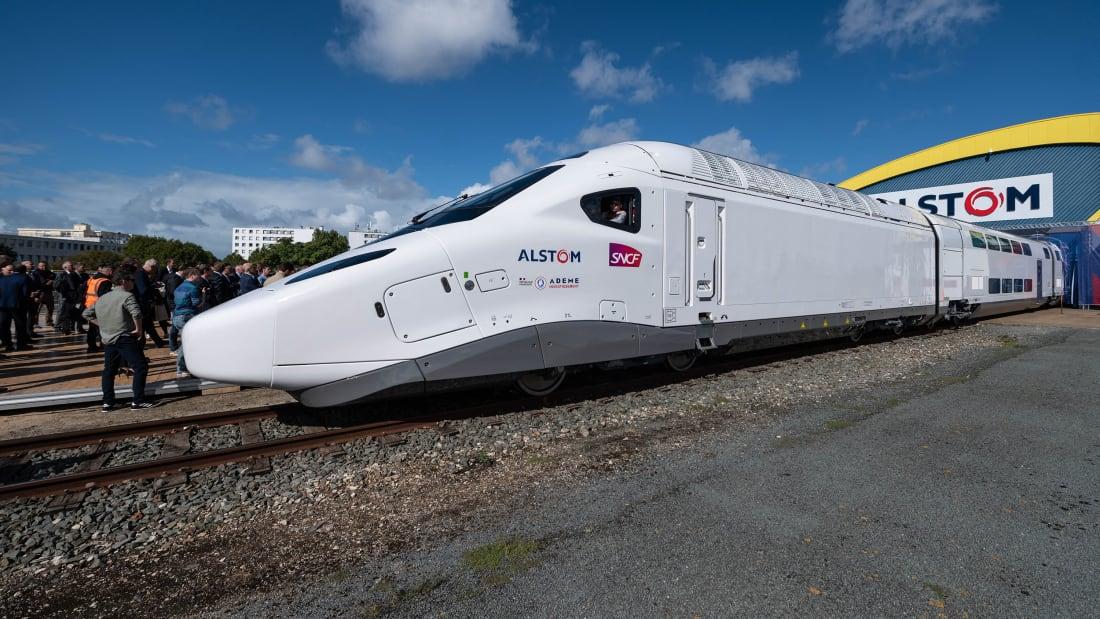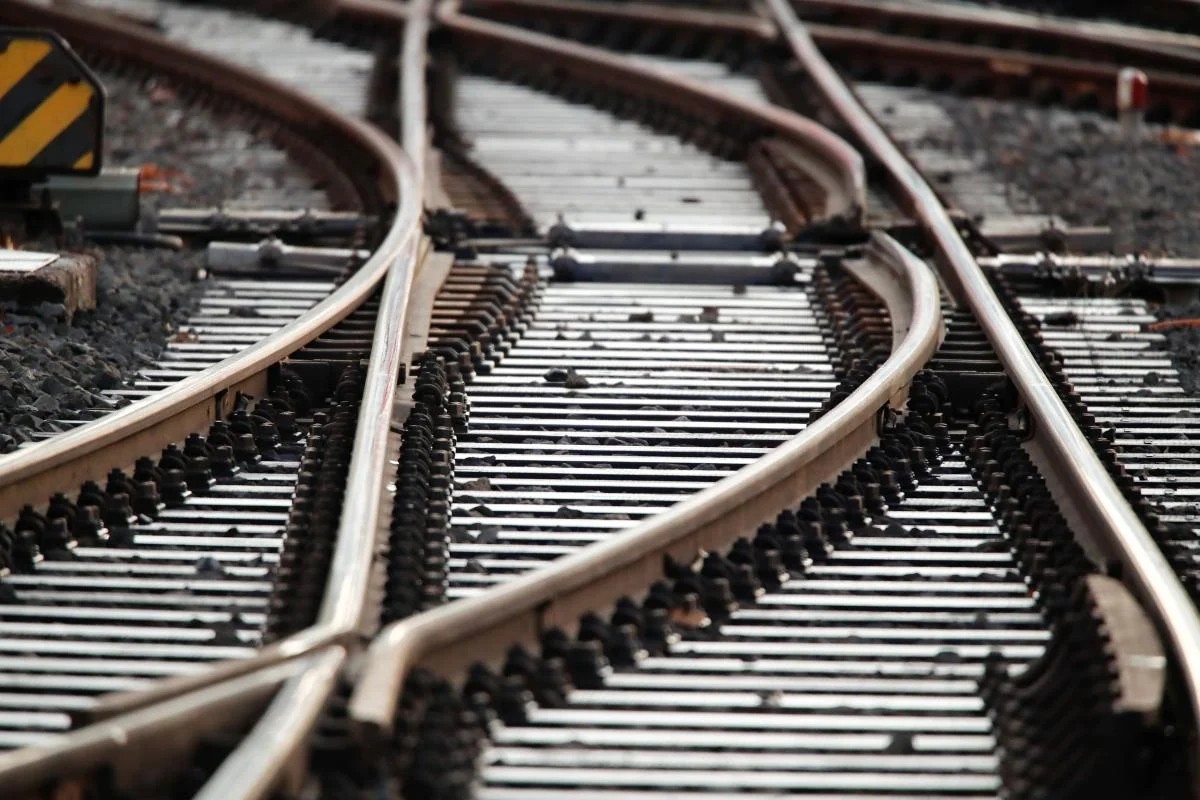The new project is a new generation high-speed double-decker train with a longer and more aerodynamic nose.
Alstom called the new train “TGV of the future”. TGV stands for Train à Grand Vitesse, which means “high-speed train”.
This design will be introduced for the first time on the Paris rail network in 2024 and across the country over the next 10 years.
The TGV M will operate at the same top speed as the previous generation TGV trains – 350 kilometers per hour (nearly 220 miles per hour).
“We don’t want to go any faster in 2022,” Alstom spokesman Philip Molitor said.

Not only do the TGV M trains have a nose section 40.5 cm (15.9 in) longer than their predecessors, they are larger on all sides. The more spacious cabins of the carriages can accommodate up to 740 seats, compared to the current maximum of 634 seats.
The TGV Ms also features what manufacturer Alstom calls “unprecedented modularity,” meaning the train’s internal configuration can be easily changed. The carriage can be converted from second class to first class and back, or accommodate space for oversized luggage or bicycles. There will also be dedicated social areas for passengers on board to offer variety and flexibility on longer journeys.
According to Alstom, the new design improves the TGV’s current energy efficiency and reduces carbon emissions, as 97% of the train’s components are now recyclable.
It also boasts better accessibility – there will be a raised platform to allow wheelchair users to board the train independently, and an onboard sound system to assist travelers with visual impairments.
Larger windows will make the most of the views, and the TGV lighting will adapt depending on the natural light outside.
In its statement, Alstom describes a train whose sensors continuously transmit thousands of pieces of data, allowing the train to be inspected in real time from all sides to optimize maintenance and availability.
The futuristic elements of the TGV m will require some changes to the infrastructure of France’s rail network — for example, some stop signs at stations will have to be moved so that they are not covered by the longer nose of the new train.
TGV trains:
TGV is one of the world’s best-known high-speed train brands and has been a staple of European rail transport since the early 1980s.
In 2018, SNCF, the state-owned French railway company that controls TGV, ordered 100 TGV M trains (also known as Avelia Horizon trains) worth €2.7 billion (about $2.7 billion). Another 15 trains were ordered in August 2022.
Most of the trains will run in France, but Alstom said 15 trains will run worldwide.
Hydrogen train:
On September 16, 2018, the world’s first water-powered train completed its test flight in Germany.
The vehicle was developed and manufactured in the German city of Salzgitter by the French company Alstom – a European pioneer in the field of high-speed electric trains.
On September 11, 2022, information appeared that for the first time in the world, hydrogen-powered trains will run in Germany.

